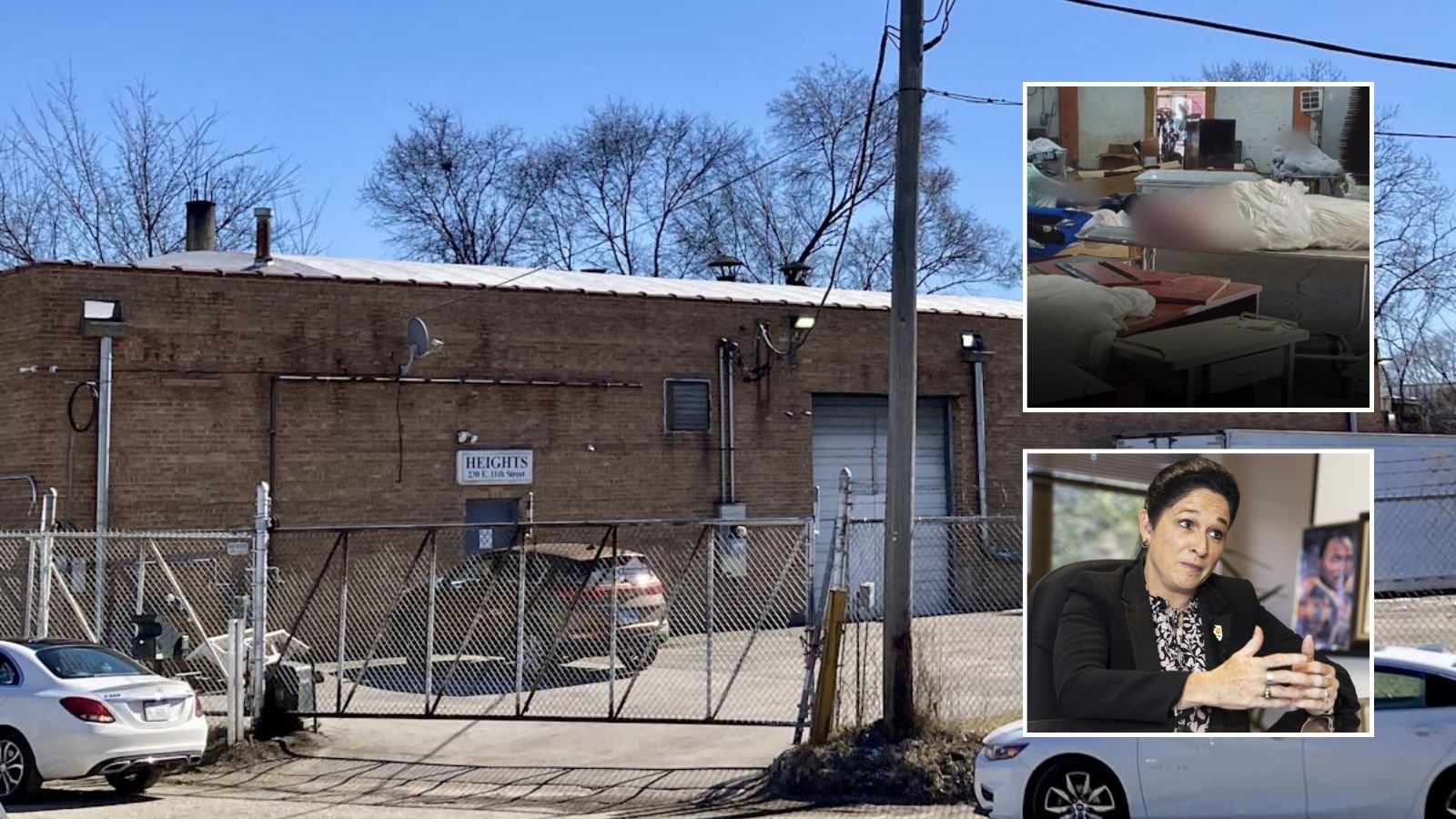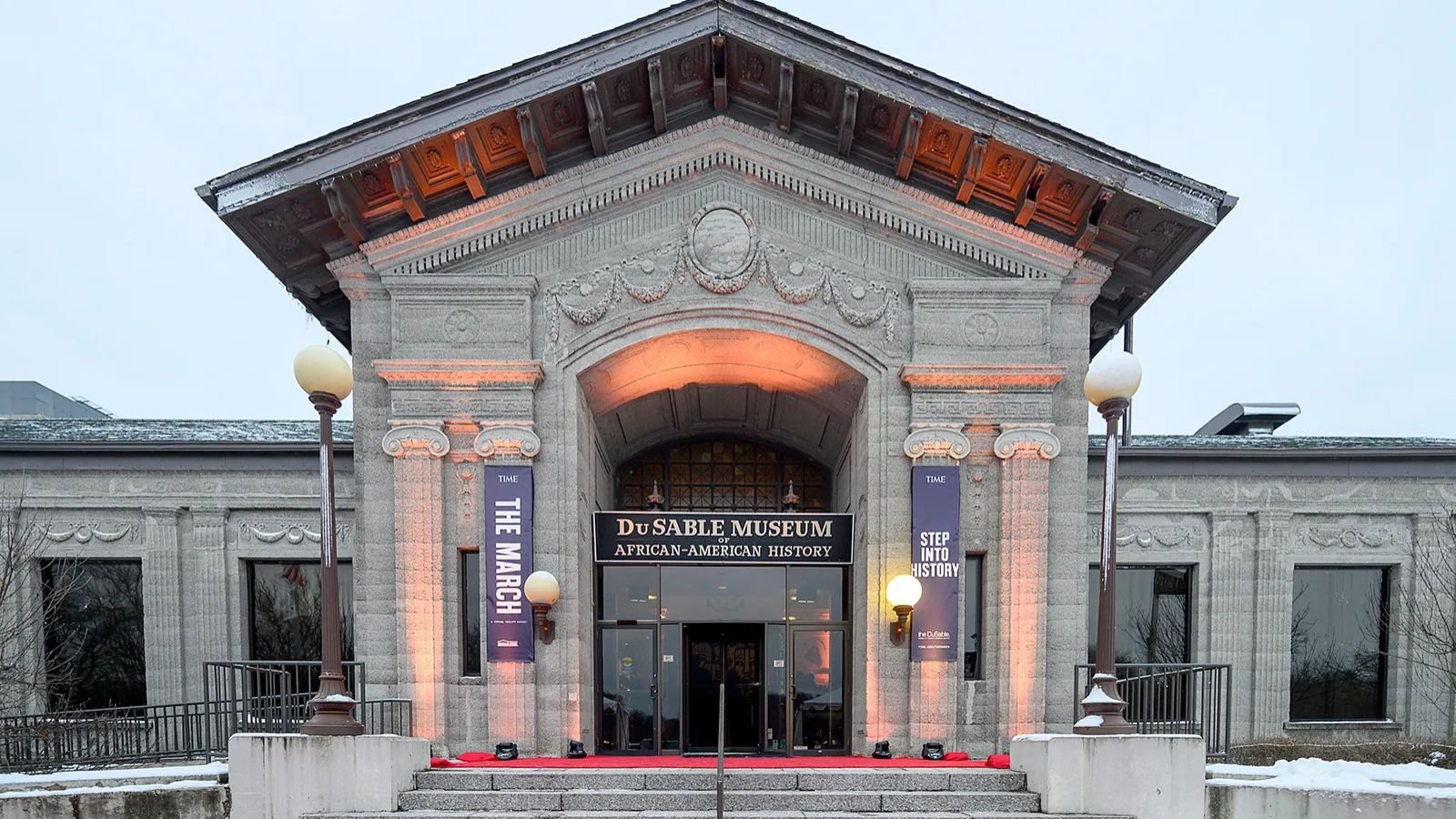CHICAGO — A century-old Catholic church in Pilsen has officially received historic landmark status from the Chicago City Council, offering long-awaited protection to St. Adalbert’s Parish following years of community-led preservation efforts.
In a vote held on June 18, city leaders agreed to designate the church a Designated Chicago Landmark, ensuring stricter government oversight on any redevelopment or alterations to the structure. The decision marks a major win for preservationists and local residents who have fought since at least 2016 to save the building from being sold or demolished.
“These are not just faith centers,” said Ward Miller, Executive Director of Preservation Chicago. “They’re humanitarian centers… We should all be working together to come to a common ground in preserving them.”
A Battle to Preserve Pilsen’s Catholic Heritage
The towering Gothic church, completed in 1914 and designed by renowned architect Henry Schlacks, has served both Polish immigrant families and, more recently, the Mexican-American community in Pilsen. The parish itself was founded in 1874, with deep cultural and social roots.
The building had appeared multiple times on Preservation Chicago’s list of “most endangered” historic properties, as advocates warned of its deteriorating condition and the risk of demolition. In 2016, the Archdiocese of Chicago declared the building unsafe and cost-prohibitive to maintain, citing a required $3 million tower restoration.
Though the archdiocese eventually “relegated” the structure to non-sacred use, preservationists continued pushing for its protection and reuse.
Landmark Status Offers Partial, But Crucial Protection
The landmark designation applies specifically to the church building, not the full parish campus. Other buildings on the site — including the rectory, school, and convent — remain unprotected and could still be altered or sold separately.
According to Catholic News Agency, preservationists remain optimistic. Miller credited the Archdiocese for eventually supporting the landmark designation, noting the importance of collaboration in saving sacred architecture.
“It’s wonderful to have the Archdiocese of Chicago working with us toward preservation of these great monuments,” Miller said.
There are reports that a nondenominational church is considering a purchase of the site, which would still be allowed under the landmark protections — so long as structural integrity and design elements remain preserved.
Part of a National Trend of Struggling Historic Parishes
St. Adalbert’s is not alone. Across the U.S., historic Catholic churches face challenges including declining attendance, rising maintenance costs, and diocesan restructuring. In Buffalo, St. Casimir’s continues fighting closure. In Pennsylvania, a group of parishioners recently purchased their historic church directly from the diocese to preserve it as a chapel.
Earlier this year, the Pulte Family Charitable Foundation launched a national initiative to restore and endow Catholic parishes, offering tens of millions in support to struggling faith communities.
Despite lingering uncertainty over the future of the site, local advocates remain hopeful.
“It’s a great stride forward,” Miller added. “I think preservation needs to be a perpetual idea.”
Do you believe Chicago should protect more historic churches and community buildings? Share your thoughts with us at ChicagoSuburbanFamily.com.














